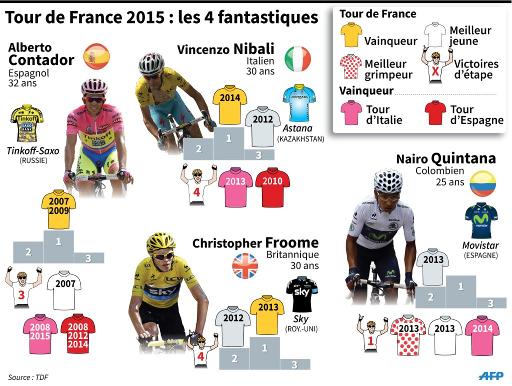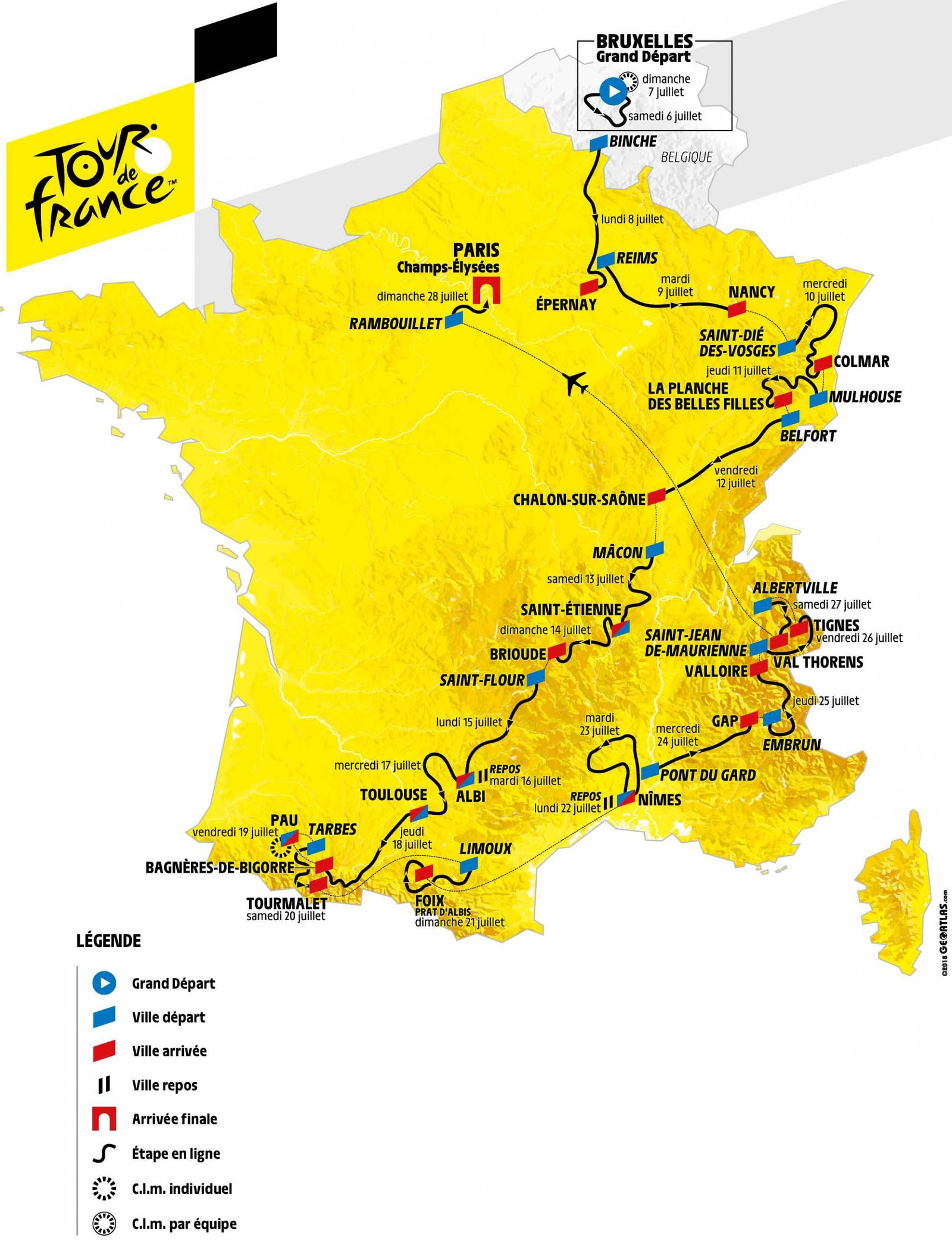What is the Tour de France Points Classification?
The Tour de France Points Classification is a secondary competition within the prestigious Tour de France cycling race. Also known as the “sprint” or “sprinter’s” classification, it rewards riders who excel in consistency and versatility across various terrains, particularly in sprint finishes. The leader of the Points Classification is identified by the iconic green jersey (French: maillot vert).
Breaking Down the Points System
The Tour de France Points Classification utilizes a points-based system to rank riders based on their performance in sprints and certain stages. Points are distributed according to the stage type and the rider’s position at the finish line or intermediate sprints. Flat stages typically offer more points, while mountain and time trial stages provide fewer opportunities to earn points. Intermediate sprints, located during stages with significant distance, also award points to the first riders that cross the line.
Consistency and versatility are crucial in the Points Classification. Riders must perform well in various terrains and stages to accumulate points. A rider targeting the green jersey should aim for stage victories, place high in intermediate sprints, and maintain a strong overall performance to outscore competitors. The complexity of the Points Classification system encourages strategic planning and versatile riding skills.
Strategies to Excel in the Points Classification
Riders targeting the Tour de France Points Classification must employ strategic planning and versatile skills to accumulate points throughout the race. Here are some key strategies to excel in the competition:
- Positioning during sprints: Proper positioning in the final kilometers of a stage is crucial for a successful sprint finish. Riders should aim to stay near the front of the peloton, out of trouble, and be prepared to react to any sudden changes in pace or direction.
- Choosing the right stages: Not all stages are created equal in the Points Classification. Flat stages and stages with intermediate sprints typically offer more opportunities to earn points. Riders should analyze the race route and identify stages that suit their strengths and abilities.
- Pacing throughout the race: Consistency is vital in the Points Classification. Riders should aim to maintain a high level of performance throughout the race, avoiding burnout or injuries that could jeopardize their chances. Balancing effort and recovery is essential for long-term success.
- Capitalizing on opportunities: Riders should seize every opportunity to earn points, whether it’s a mass sprint finish, an intermediate sprint, or a breakaway. Success in the Points Classification often requires capitalizing on unexpected situations and making the most of every stage.
Notable Past Winners and Their Achievements
Throughout the history of the Tour de France Points Classification, several riders have distinguished themselves as exceptional sprinters and all-around cyclists. Here are some of the most successful riders and their achievements:
- Peter Sagan: With a record-breaking seven green jerseys, Sagan is the most successful rider in the Points Classification. His versatility, consistency, and ability to perform in various terrains have made him a formidable competitor. Sagan has won 12 stages in the Tour de France and has been a constant presence in the Points Classification since his debut in 2012.
- Mark Cavendish: Known as the “Manx Missile,” Cavendish has claimed 30 stage victories in the Tour de France, making him one of the most prolific stage winners in the race’s history. He has won the Points Classification three times and is particularly skilled in mass sprint finishes.
- Erik Zabel: A dominant force in the Points Classification during the late 1990s and early 2000s, Zabel won the green jersey six times. His consistency and ability to accumulate points throughout the race made him a formidable competitor. Zabel’s success in the Points Classification has only been surpassed by Peter Sagan.
These riders demonstrate the importance of versatility, consistency, and strategic planning in the Tour de France Points Classification. Their achievements serve as a testament to the skill and determination required to excel in this challenging competition.
How to Follow the Tour de France Points Classification
For cycling enthusiasts interested in following the Tour de France Points Classification, various options are available to stay informed and engaged throughout the race. Here are some ways to keep up with the green jersey competition:
- Watch live broadcasts: Many television networks and streaming services offer live coverage of the Tour de France. By watching the races, you can witness the sprint finishes, intermediate sprints, and other key moments that impact the Points Classification.
- Follow online updates: Websites, social media platforms, and mobile apps provide real-time updates on the race, including stage results, standings, and news. Official Tour de France channels and reputable cycling news sources are excellent places to find accurate and up-to-date information.
- Engage with social media: Social media platforms, such as Twitter and Instagram, offer a wealth of information and insights from riders, teams, and cycling experts. Following official team accounts, riders, and cycling journalists can provide behind-the-scenes glimpses, expert analysis, and live commentary on the race.
- Participate in online forums and communities: Joining online forums and communities dedicated to cycling can connect you with other fans and enthusiasts. These platforms often feature lively discussions, debates, and predictions about the Tour de France Points Classification, enhancing your enjoyment and understanding of the race.
By utilizing these resources, cycling fans can immerse themselves in the Tour de France Points Classification, gaining a deeper appreciation for the skill, strategy, and excitement that define this prestigious competition.
The Role of Teams and Teamwork in the Points Classification
Teams and teamwork play a significant role in a rider’s success in the Tour de France Points Classification. While individual performances are crucial, the support, communication, and strategy provided by a team can significantly impact a rider’s chances of winning the green jersey. Here are some ways teams contribute to a rider’s performance in the Points Classification:
- Lead-out trains: During sprint finishes, lead-out trains are essential for positioning and protecting the rider targeting the Points Classification. A well-executed lead-out train can help a rider maintain a high speed, avoid crashes, and conserve energy for the final sprint. Team members take turns leading the way, allowing the designated rider to draft and save energy for the critical moment.
- Communication and strategy: Effective communication between team members is vital for making tactical decisions during the race. Teams must constantly assess the race situation, identify opportunities, and adapt their strategies accordingly. This communication can involve discussing stage profiles, identifying key moments, and sharing intelligence about rival teams and riders.
- Support during stages: Team members can provide support during various stages of the race, whether it’s pacing a rider during mountainous sections, shielding them from wind in flat stages, or helping them navigate technical sections. This support allows the rider targeting the Points Classification to focus on their primary goal while minimizing energy expenditure.
- Motivation and morale: A strong team environment can boost motivation and morale, encouraging riders to push themselves further and maintain their focus throughout the race. Teams can celebrate successes, learn from setbacks, and provide emotional support, fostering a positive atmosphere that contributes to a rider’s overall performance.
By emphasizing teamwork and communication, teams can significantly enhance a rider’s chances of excelling in the Tour de France Points Classification. The green jersey is not only a testament to an individual’s skill and determination but also the collective effort and support of an entire team.
The Evolution of the Points Classification Through the Years
The Tour de France Points Classification has undergone several changes since its inception in 1953, reflecting the evolving nature of the race and the sport of cycling. These changes have shaped the classification into the prestigious and competitive competition it is today.
- Introduction and early years: The Points Classification was introduced in 1953 to recognize the achievements of sprinters and all-around cyclists. Initially, points were awarded based on stage finishes, with flat stages offering more points than mountainous or time trial stages. This format has remained relatively consistent throughout the years, with only minor adjustments to the points distribution.
- Intermediate sprints: Intermediate sprints were introduced in 1984 to add excitement and unpredictability to the race. Located during stages with significant distance, these sprints offer points to the first riders that cross the line, encouraging riders to compete throughout the stage, not just at the finish line. Intermediate sprints have become an integral part of the Points Classification, rewarding consistency and versatility in various terrains.
- Changes in rules and format: Over the years, the Points Classification has seen minor changes in rules and format, such as adjustments to the points distribution and the introduction of bonus seconds for stage winners. These changes aim to maintain a balance between sprint stages, mountain stages, and time trials, ensuring that the green jersey remains a true test of versatility and consistency.
- Future developments: As the Tour de France and professional cycling continue to evolve, the Points Classification may see further developments in the coming years. Potential changes could include adjustments to the points system, the introduction of new stage types, or the integration of technology to enhance the fan experience. Regardless of the specifics, the Points Classification will undoubtedly remain a significant and cherished aspect of the Tour de France, showcasing the sport’s most talented all-around cyclists.
By tracing the history of the Points Classification and highlighting its evolution, we can better understand the significance and challenges of this prestigious competition. The green jersey represents a unique blend of skill, strategy, and determination, making it one of the most thrilling and unpredictable aspects of the Tour de France.






